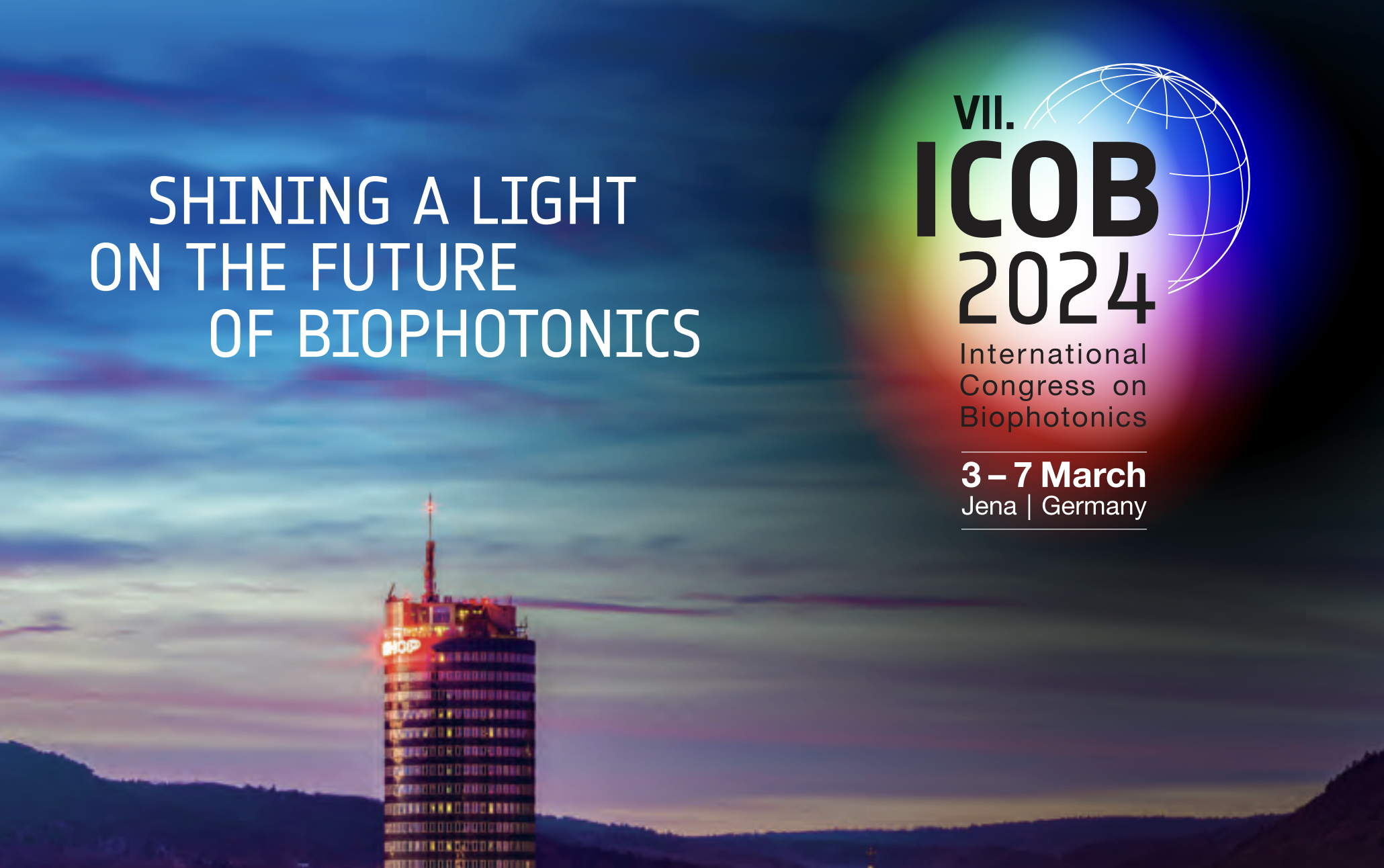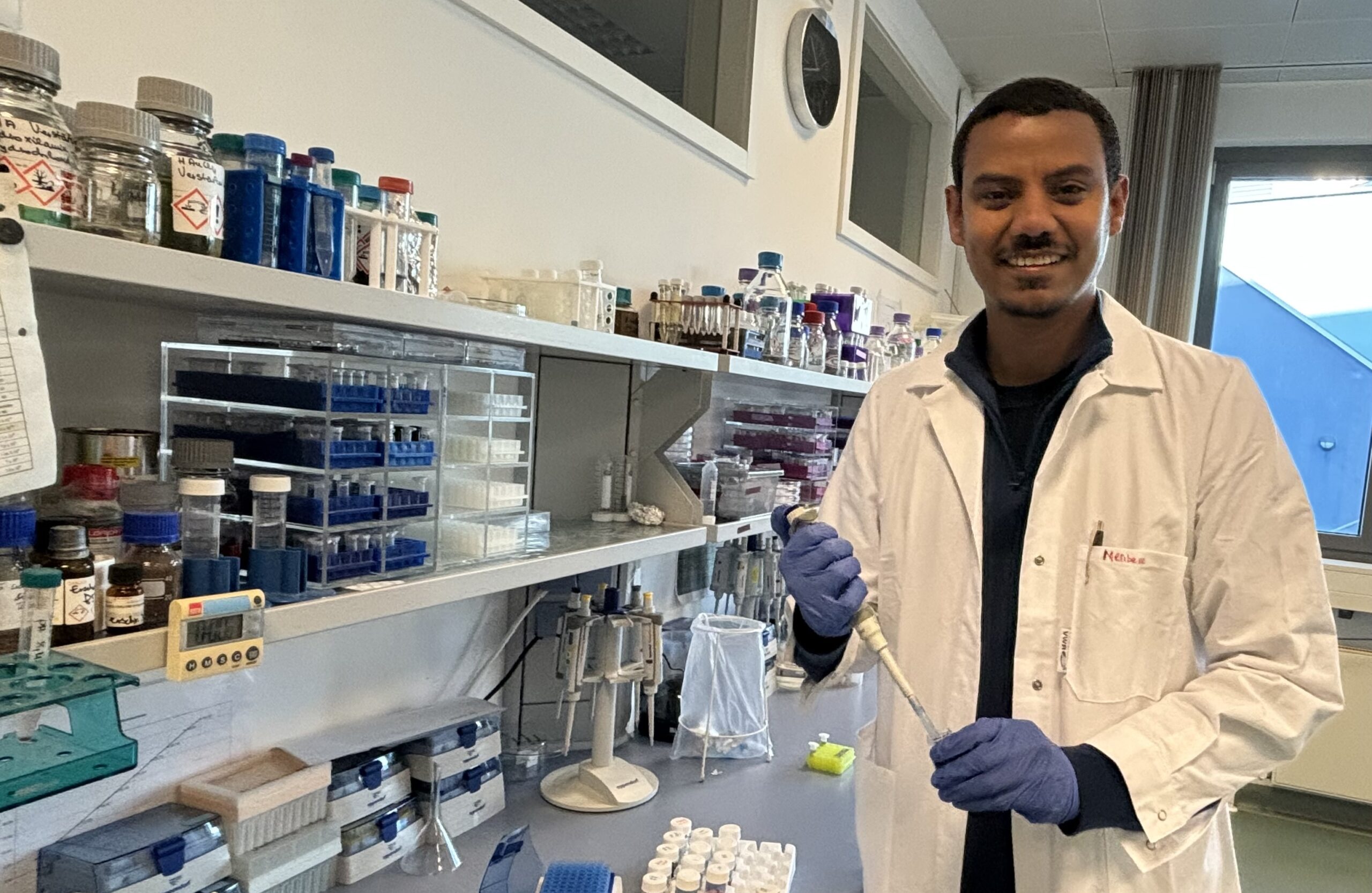Fast Method for Cancer Diagnosis: Research team from Jena awarded with renowned Kaiser-Friedrich Research Prize

Whether the entire tumour has really been removed during a cancer operation can only be determined with certainty after an intervention using current methods. An interdisciplinary research team from the Leibniz Institute of Photonic Technology (Leibniz-IPHT), the Friedrich Schiller University (FSU), the University Hospital and the Fraunhofer Institute for Applied Optics and Precision Engineering in Jena has now presented an optical approach with which cancerous tissue can be diagnosed quickly, gently and reliably during surgery. The scientists were awarded the renowned Kaiser-Friedrich Research Prize on 18 October 2018 in Goslar.
Up to four weeks can pass before patients can be sure whether a cancer operation was successful or not – a time in which any remaining tumour cells can already multiply again. In contrast, the rapid method researched by the Jena team of scientists could provide certainty in 20 minutes. By combining three different imaging techniques, it is possible to generate spatially high-resolution images of the so-called frozen tissue sections already during surgery. Software makes patterns and molecular details visible so that the surgical team can identify tumour cells and decide how much tissue has to be cut away. This means that automated tissue analysis promises a more reliable result than the currently used frozen section analysis, which can only be carried out by experienced pathologists and still has to be confirmed afterwards.
“We can work much more precisely with the method we have developed and receive the information directly,” explains Professor Orlando Guntinas-Lichius, Director of the Department of Otolaryngology at the University Hospital Jena, who is involved in the research project entitled “CDIS Jena – Cancer Diagnostic Imaging Solution Jena” together with six other scientists.
In the future, the microscope could even be used for operations in which fast section diagnostics is not yet possible, says Professor Jürgen Popp, director of the Leibniz-IPHT and the Institute of Physical Chemistry at FSU Jena. “It can serve as a basis for in vivo diagnostics, so that in future we could be able to do without classical biopsies.
Professor Andreas Tünnermann, Director of the Fraunhofer Institute for Applied Optics and Precision Engineering (IOF) and the Institute for Applied Physics of the FSU Jena, Professor Jens Limpert (IOF and Institute for Applied Physics of the FSU), Dr. Thomas Gottschall (also Institute for Applied Physics), Professor Michael Schmitt (Institute for Physical Chemistry of the FSU Jena), Dr. Thomas Bocklitz (Institute for Physical Chemistry and Leibniz-IPHT) and Tobias Meyer (also Leibniz-IPHT) will also receive awards.
Reliable and cost-effective for precisely fitting therapy
By helping to prevent patients from having to undergo surgery again, the Jena scientists’ optical diagnostic method not only helps to improve their chances of recovery, but could also save considerable costs in the German healthcare system. “One minute in the operating room is the most expensive minute in the entire hospital,” explains Orlando Guntinas-Lichius. Currently, cancer cells are found after almost every 10th operation in tumors in the head and neck area.
The Jena research team had already been able to prove the reliability of the imaging approach in tests on almost 20 patients. Now, they transferred the results to a portable microscope with a new type of compact fiber laser. This prototype will be used in a large group of patients in a preclinical validation study. “We are in the process of finding the appropriate funding for this,” said Jürgen Popp. As soon as the study has documented the added value for the patients, the process is ready for the market. “In five years’ time, our microscope could stand for high-speed diagnostics in hospitals,” summarizes Jürgen Popp.
Professor Andreas Tünnermann of the Fraunhofer-IOF adds that the intelligent use of fiber lasers and fiber-optic frequency converters has made it possible to use complex laser systems outside a laboratory environment and thus take the step into the clinic. In this way, the degrees of freedom could be reduced and the device miniaturized. This means a decisive improvement in the field of multimodal imaging with an illumination laser that can be tuned in its wavelengths.
Preparatory work for the research project “CDIS Jena – Cancer Diagnostic Imaging Solution Jena: Die Revolution in der intraoperativen Schnellschnittdiagnostik” (CDIS Jena – Cancer Diagnostic Imaging Solution Jena: The Revolution in Intraoperative Fast-Section Diagnostics) was funded by the Federal Ministry of Education and Research (BMBF), the German Research Foundation (DFG) and the Thuringian Ministry of Economics, Science and the Digital Society (TMWWDG).
At the award ceremony for the Kaiser Friedrich Research Prize: Dr. Thomas Bocklitz (Institute for Physical Chemistry and Leibniz-IPHT), Professor Michael Schmitt (Institute for Physical Chemistry at FSU Jena), Jürgen Popp, Director of Leibniz-IPHT and the Institute for Physical Chemistry at FSU Jena and Professor Andreas Tünnermann, Director of the Fraunhofer Institute for Applied Optics and Precision Engineering (IOF) and the Institute for Applied Physics at FSU Jena (from left to right)Photo: Leibniz-IPHT
Contact
Related News
Third party cookies & scripts
This site uses cookies. For optimal performance, smooth social media and promotional use, it is recommended that you agree to third party cookies and scripts. This may involve sharing information about your use of the third-party social media, advertising and analytics website.
For more information, see privacy policy and imprint.
Which cookies & scripts and the associated processing of your personal data do you agree with?
You can change your preferences anytime by visiting privacy policy.


